In the realm of fashion, handbags are often more than just functional accessories; they are canvases for artistic expression and creativity. As we delve into the world where fashion meets art, it becomes evident that handbags are not merely objects to carry but masterpieces that reflect the intersection of craftsmanship, design, and imagination. This exploration will uncover how handbags have evolved into art forms and how they shape and are shaped by creative ingenuity.
The Canvas of Fashion
Historically, handbags began as utilitarian items, primarily serving the practical purpose of carrying personal belongings. However, as fashion evolved, so did the role of the handbag. Coco Chanel, one of the most iconic figures in fashion history, once remarked, “Fashion is not something that exists in dresses only. Fashion is in the sky, in the street, fashion has to do with ideas, the way we live, what is happening.” This perspective underscores how handbags transcended their utilitarian origins to become symbols of style and sophistication.Handbags became platforms for designers to showcase their creative visions.
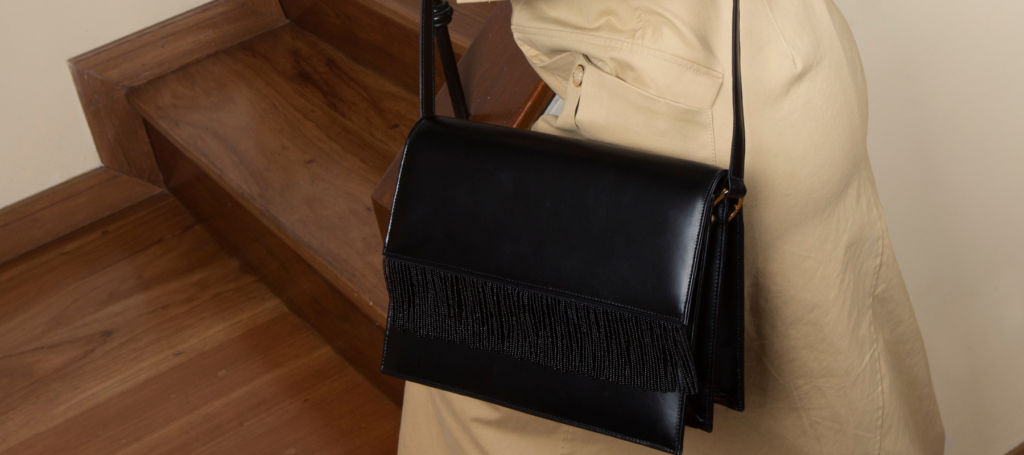
Paul Poiret, an influential designer of the early 20th century, pushed the boundaries by integrating innovative shapes and vibrant colors into his handbag designs. His work reflected the burgeoning era of modernity and abstract art, setting the stage for future generations to view handbags as expressions of artistic prowess rather than mere accessories.
A Fusion of Craftsmanship and Artistic Vision
The intersection of fashion and art in handbag design is a testament to the intricate craftsmanship involved in creating these pieces. Fendi’s iconic Baguette bag, designed by Silvia Venturini Fendi in 1997, exemplifies how traditional craftsmanship can be married with contemporary art. The Baguette’s unique, playful designs and luxurious materials are a manifestation of Venturini Fendi’s vision, transforming the handbag into a wearable piece of art.Art historian and curator Emma Baxter-Wright observes, “The handbag is the ultimate piece of functional art; it combines form and function in a way that is both practical and visually appealing.” This sentiment encapsulates how modern designers approach handbag creation—balancing aesthetic appeal with utility, and often elevating these creations to the level of fine art.
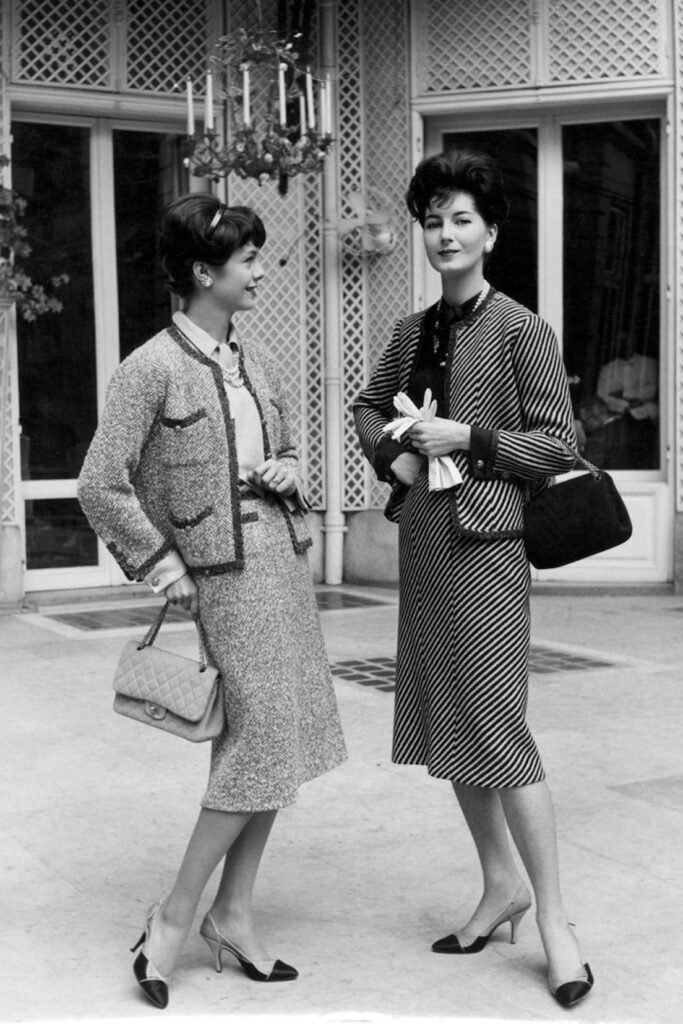
Handbags as Cultural Statements
Handbags also serve as cultural artifacts, reflecting and influencing societal trends and values. Louis Vuitton, for example, has long been associated with luxury and status, with its handbags becoming symbols of opulence and refinement. The brand’s collaboration with Takashi Murakami in the early 2000s introduced a new dimension to handbag design, infusing it with pop art elements and creating a cultural phenomenon.Hermès, another iconic name in the world of luxury handbags, presents an interesting case with its Birkin bag. Designed by Jean-Louis Dumas in 1984, the Birkin has become more than just a status symbol; it represents a blend of impeccable craftsmanship and exclusivity. Anna Wintour, Editor-in-Chief of Vogue, once said, “A handbag is more than just a practical accessory—it’s a way to express your personality, status, and taste.” The Birkin epitomizes this idea, standing as a testament to the intersection of art, fashion, and personal expression.

Contemporary Artistic Influences
Today, the boundaries between fashion and art continue to blur, with contemporary designers pushing the limits of handbag design. Alexander McQueen, known for his avant-garde approach, incorporated elements of surrealism and dark romanticism into his handbag collections. His designs often provoke thought and evoke emotions, reinforcing the notion that handbags can be powerful artistic statements.Prada’s collaboration with Rem Koolhaas and OMA for the Prada Foundation’s art spaces further illustrates how handbags can be influenced by and contribute to contemporary art movements. This collaboration emphasizes the idea that handbags are not just fashion accessories but are integral to the broader art world, reflecting and shaping artistic trends.
Conclusion
The evolution of handbags from practical items to art forms reflects a broader cultural shift towards valuing creativity and individuality. As Karl Lagerfeld famously stated, “Fashion is about something that comes from within you.” Handbags, as canvases for artistic expression, embody this philosophy, showcasing the intersection of fashion and creativity. They serve as reminders that art is not confined to galleries or museums but is present in the everyday objects we cherish and carry.As we continue to explore and celebrate the artistic dimensions of handbag design, it becomes clear that these accessories are not just functional items but are also powerful symbols of creativity and cultural expression. Embrace the artistry of handbags and recognize them as integral components of the ever-evolving dialogue between fashion and art.



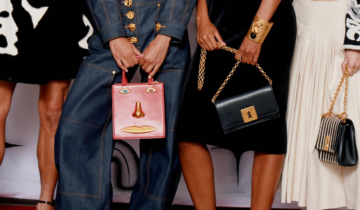
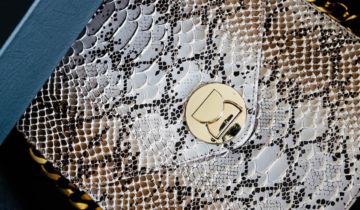
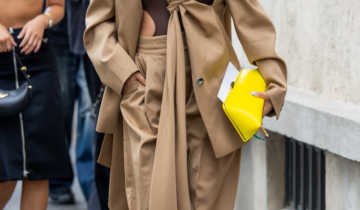
 No products in the cart.
No products in the cart. 